Ozempic
$150.00 – $800.00Price range: $150.00 through $800.00
Ozempic, also known as Semaglutide, is a pharmaceutical medication that has been found to be effective in promoting weight loss. With its formal tone, this document aims to provide concise information about the weight loss benefits of Ozempic. The medication has shown positive results in clinical trials and is prescribed to individuals who are looking to manage their weight effectively.
Ozempic
Ozempic is a prescription medication used to manage type 2 diabetes and support weight loss in some cases. Here’s a quick overview:
- Generic Name: Semaglutide
- Class: GLP-1 receptor agonist (glucagon-like peptide-1)
How It Works:
Ozempic mimics a natural hormone (GLP-1) that:
- Stimulates insulin release when blood sugar is high
- Reduces the amount of sugar your liver makes
- Slows stomach emptying, helping you feel full longer
Uses:
- Primary: To improve blood sugar control in adults with type 2 diabetes
- Off-label/Secondary: Often used for weight loss (though Wegovy, also semaglutide, is FDA-approved specifically for weight loss)
How It’s Taken:
- Once-weekly subcutaneous injection (under the skin)
- Dosed based on medical goals, typically starting low and increasing gradually
Side Effects:
- Common: Nausea, vomiting, diarrhea, constipation
- Serious (rare): Pancreatitis, thyroid tumors, kidney problems, gallbladder issues
Not For:
- People with type 1 diabetes
- Those with a history of medullary thyroid carcinoma or multiple endocrine neoplasia syndrome type 2
Information on Weight Loss With Ozempic
Weight loss with Ozempic (semaglutide) has gained widespread attention, even though it’s FDA-approved for type 2 diabetes, not weight loss (Wegovy is the semaglutide version approved specifically for obesity). Still, many people are prescribed Ozempic off-label for weight management. Here’s what you should know:
How Ozempic Promotes Weight Loss
- Appetite suppression: It reduces hunger by acting on brain areas that control appetite.
- Slower gastric emptying: Makes you feel full longer after meals.
- Improved blood sugar control: Helps reduce insulin spikes, which can aid fat loss over time.
Typical Weight Loss Results
Clinical studies and real-world use show:
- Low dose (0.5 mg): Average 5–7% body weight loss over several months
- Higher doses (1 mg or more): Up to 10–15% weight loss in some individuals
- Results vary by dose, lifestyle, and individual metabolism
Timeline
- Most people begin noticing reduced appetite in the first few weeks
- Weight loss typically becomes measurable within 1–2 months
- Maximum effect is usually seen after 6 months to a year
Conclusion and Tips to Maximize Results
- Diet: Emphasize lean protein, fiber, low-glycemic carbs
- Exercise: Regular activity enhances weight loss and insulin sensitivity
- Hydration: Helps reduce nausea and supports metabolism
- Consistency: Take it as prescribed, don’t skip doses
Side Effects to Watch For
- Common: Nausea, constipation, fatigue
- Tip: Eat smaller, more frequent meals to reduce GI issues
| Quantity | 0.25mg, 0.5mg, 1mg, 2mg |
|---|---|
| Pens | 1 Pen, 2 Pens, 3 Pens, 4 Pens, 5 Pens |
Be the first to review “Ozempic” Cancel reply
Related products
Uncategorized
$80.00 – $450.00Price range: $80.00 through $450.00
Uncategorized
$50.00 – $380.00Price range: $50.00 through $380.00
Uncategorized
$35.00 – $350.00Price range: $35.00 through $350.00
Uncategorized
$40.00 – $400.00Price range: $40.00 through $400.00
Uncategorized
$70.00 – $600.00Price range: $70.00 through $600.00
Uncategorized
$18.00 – $270.00Price range: $18.00 through $270.00
Uncategorized
$50.00 – $400.00Price range: $50.00 through $400.00
Uncategorized
$40.00 – $150.00Price range: $40.00 through $150.00


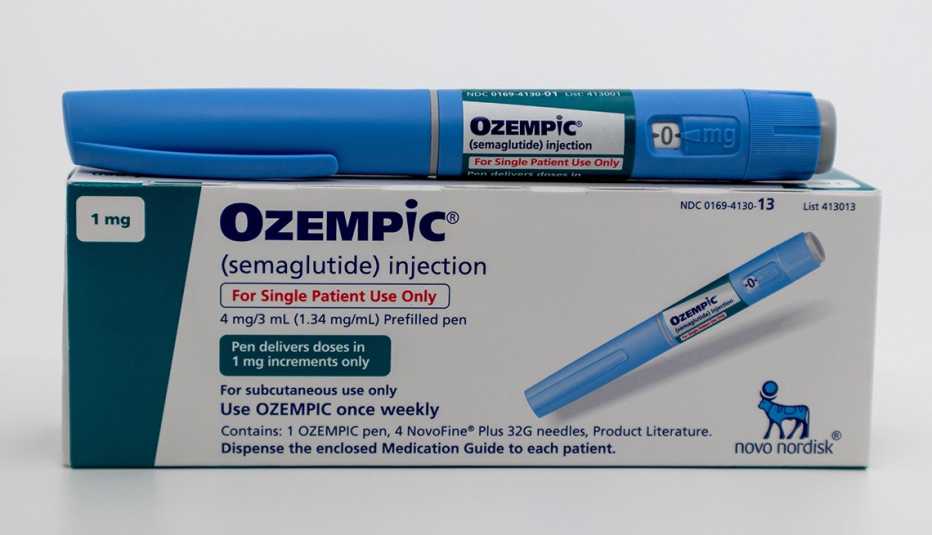


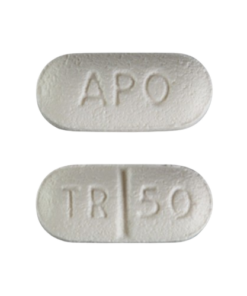
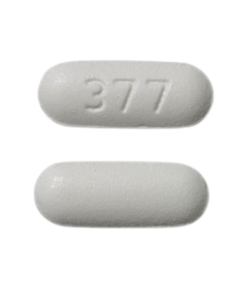
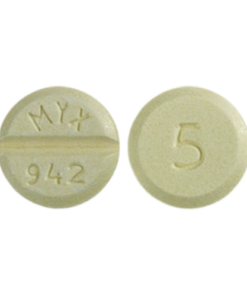
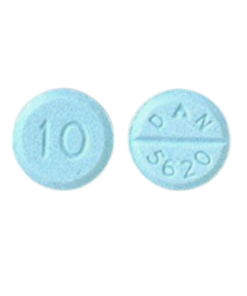




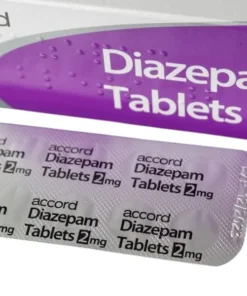
Reviews
There are no reviews yet.